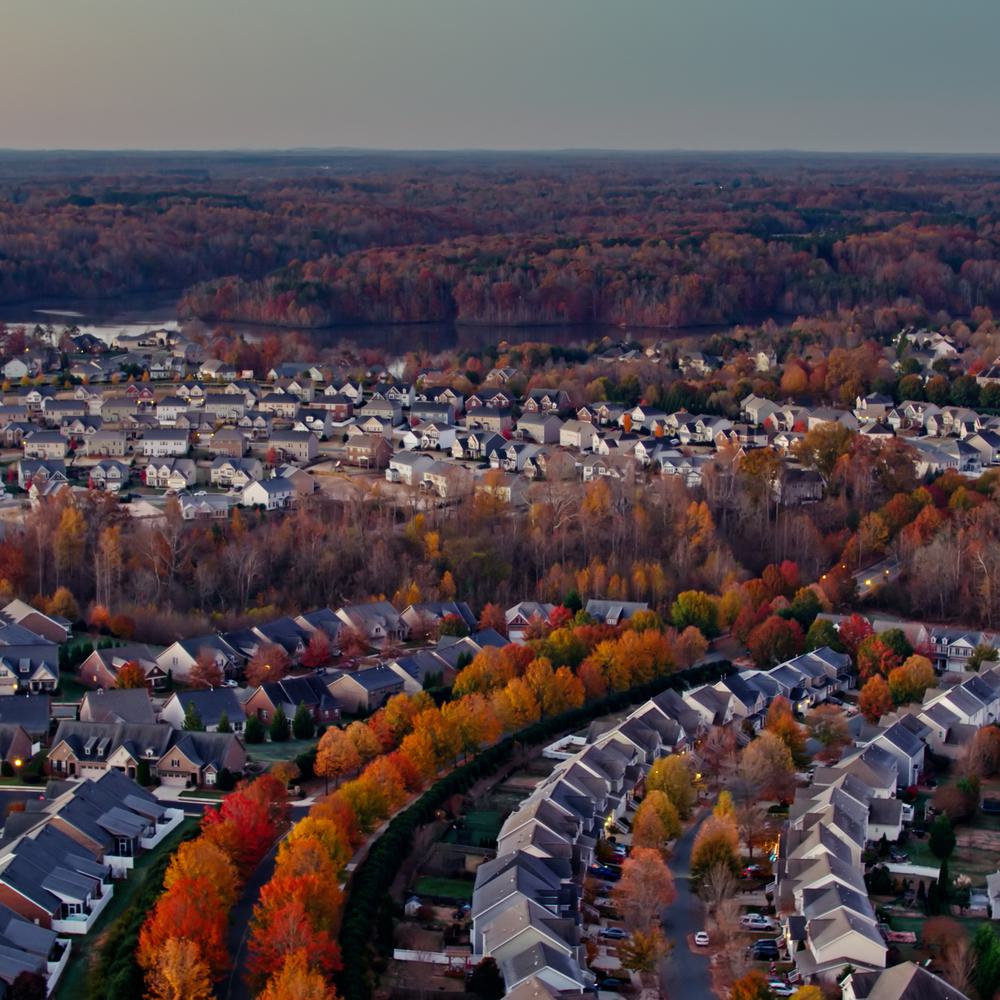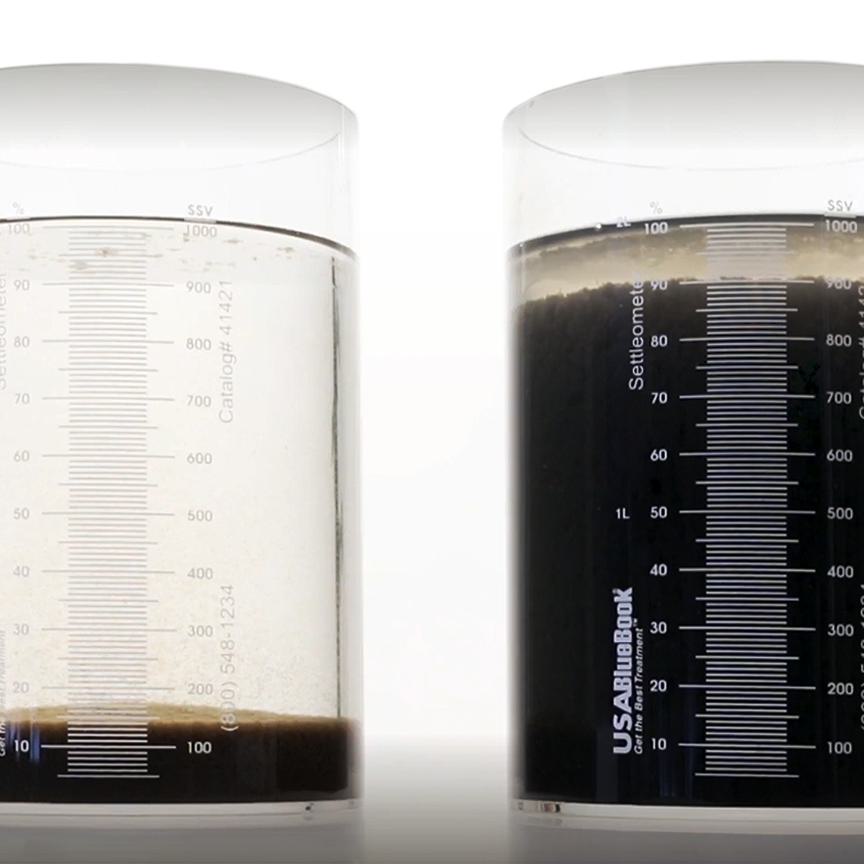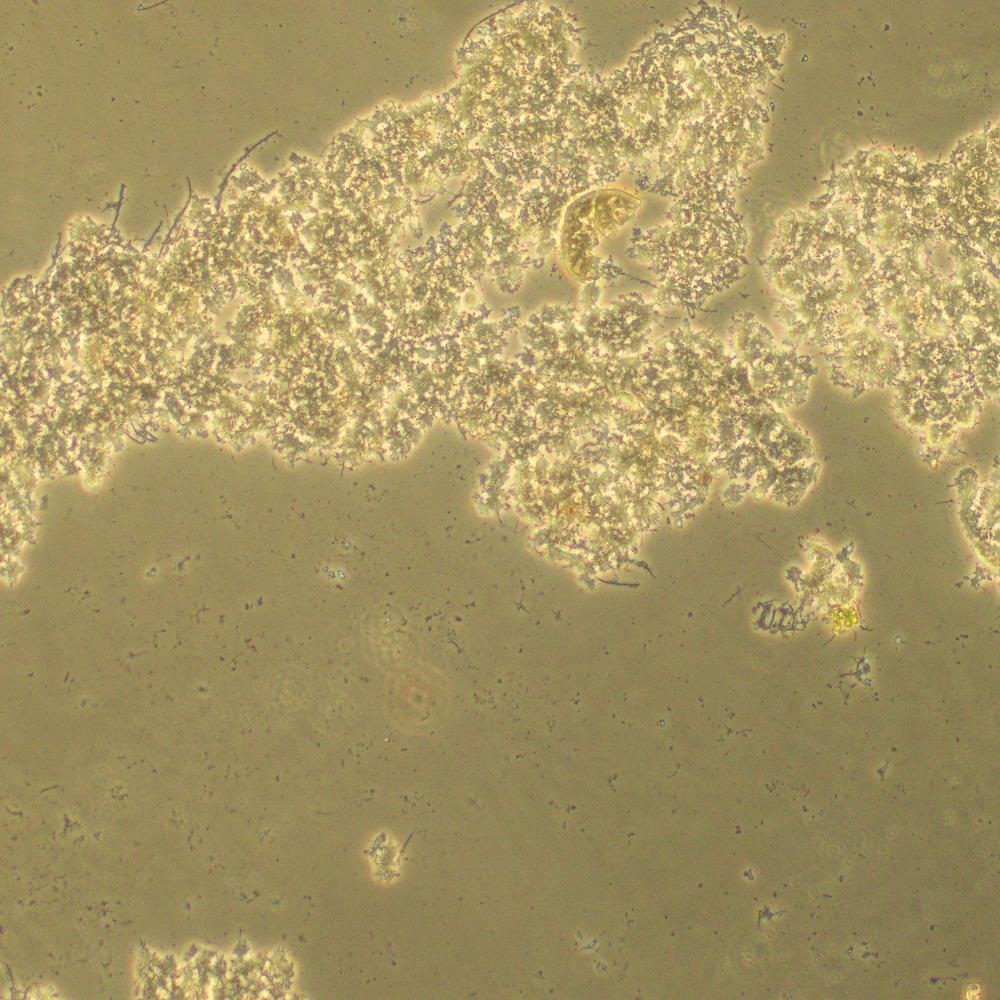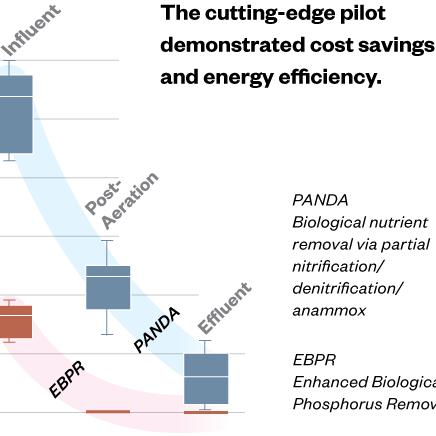Navigating the New Landscape of Biosolids Management
At the crossroads of biosolids expansion and regulation, Clayton County's W.B. Casey WRRF is once again leading the way by focusing on beneficial reuse goals.
At a Glance
- Since 1980, the Clayton County Water Authority (GA) has pioneered beneficial reuse in biosolids at the W.B. Casey WRRF, but their once state-of-the art pelletizing equipment is showing its age.
- At the same time, landfill limits and rising costs have prompted the utility to plan for a solution that can produce marketable biosolids of higher quality and greater quantity.
- Anaerobic digestion and thermal dryers come with their own sets of complex design challenges and opportunities, like renewable biogas.
- Through a Progressive Design-Build partnership with Archer Western, Hazen is helping CCWA thread the needle to improve capacity, reliability, and efficiency, without sacrificing sustainability.
Clayton County, Georgia, a small but densely populated county on the Southside of Atlanta, stands out as a global leader in sustainable wastewater management. With its constructed treatment wetlands and beneficial reuse of biosolids, the Clayton County Water Authority (CCWA) has been pioneering sustainable solutions for generations, all while serving a quarter million people with drinking water, sewer, and stormwater utilities.
The award-winning W.B. Casey Water Resource Recovery Facility (WRRF) is where CCWA transforms sludge into Class A biosolids. CCWA is one of a few utilities in the southeastern U.S. with a pelletizing process, producing high quality fertilizer for South Georgia farmers, to the tune of 100 tons each week.

Kristen Smeby, PE has extensive experience in the design and evaluation of municipal wastewater treatment facilities.
Related Topics:
Top Photo: Class A fertilizer produced at the W.B. Casey plant is an ingredient in fertilizers applied by south Georgia peanut farmers.
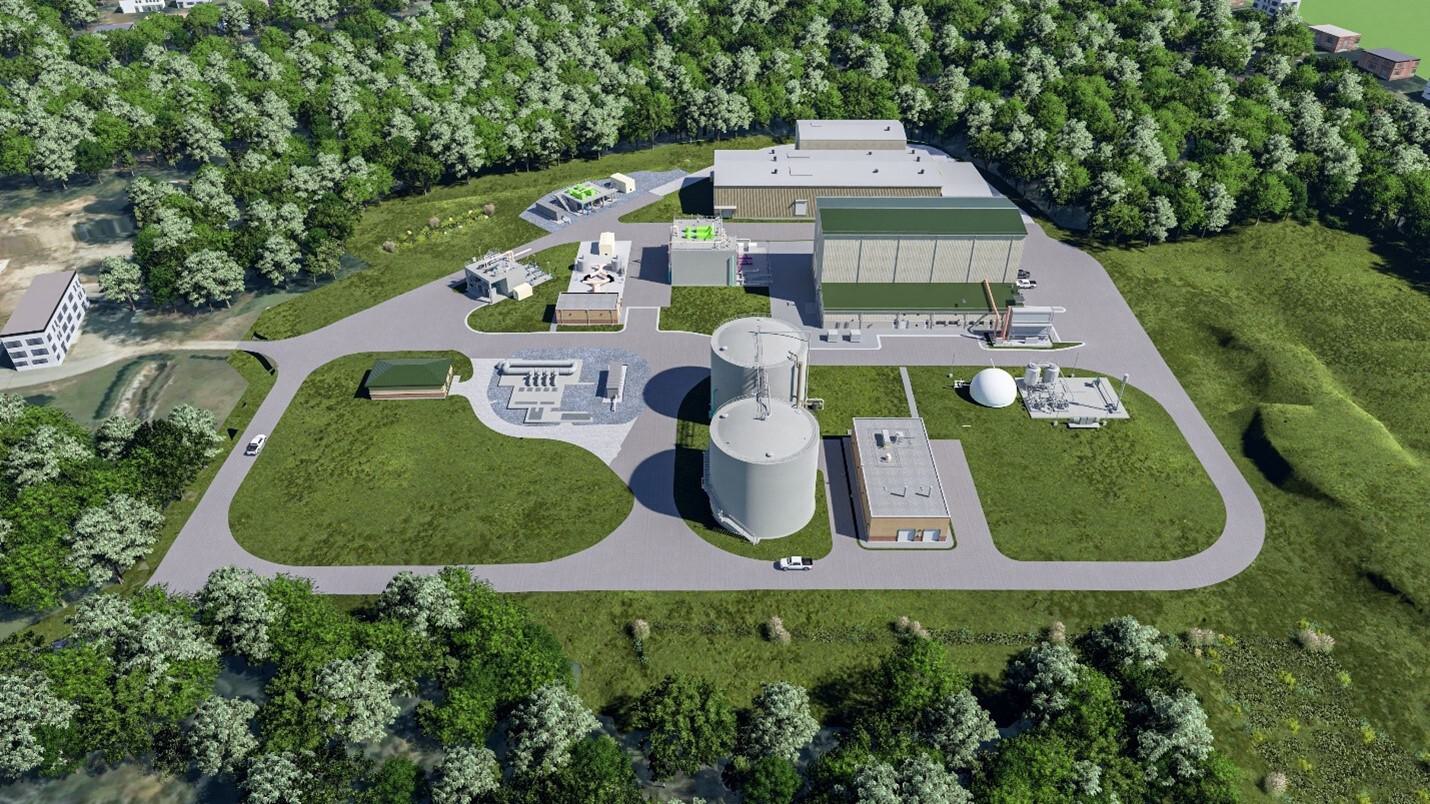
The new solids handling facilities will help CCWA better manage their solids process to reduce loads cycled back to the liquid process. This will reduce operating costs by saving costs on chemicals and aeration.
And this powerhouse plant, the largest wastewater treatment facility in the county, is considerably restricted on its site by floodplain and wetlands. Situated on 200+ acres next to the headwaters of Georgia’s Flint River, the W.B. Casey WRRF is surrounded by a residential neighborhood and a fragile riparian habitat. This means the steady growth of the plant from its commissioning in 1958 at 1 mgd to today’s permitted capacity of 24 mgd has been carefully managed in terms of noise, odor, traffic, and disruption to the community.
The W.B. Casey WRRF currently handles waste without anaerobic digestion. Sludge solids are dewatered using belt filter presses, then conveyed to two rotary kiln dryers that are heated by natural gas. The pelletizing equipment that was state-of-the art when commissioned in 1980 has seen the county through rapid growth and development and has reached the end of its service life.
Upgrading the W.B. Casey WRRF’s biosolids capacity to 32 mgd is more than a matter of replicating processes and expanding the facility’s footprint. Through a Progressive Design-Build model with Archer Western, Hazen designed a new process that threads the needle to improve capacity, reliability, and efficiency, without sacrificing sustainability.
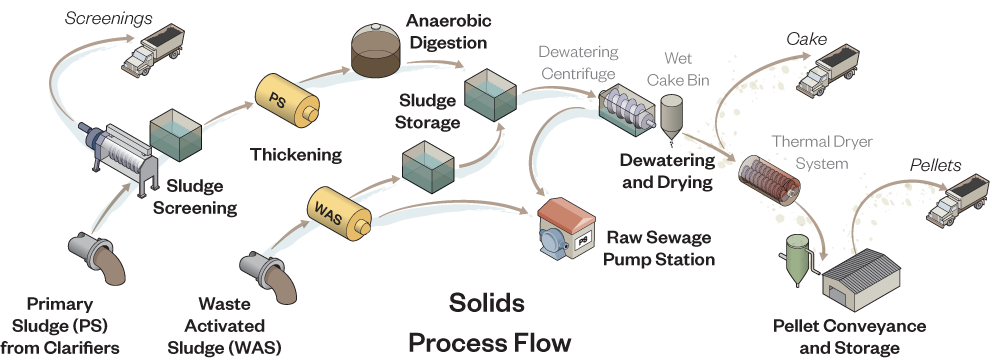
Less Volume, More Renewable Energy
The move to anaerobic digestion is the most significant upgrade of this project. Two new anaerobic digesters will drastically reduce waste volume, destroy volatile solids, and generate biogas for renewable energy. The design team spent time evaluating options for the digester tanks, considering the costs of construction, maintenance, and the visual impact of these new landmarks on this suburban neighborhood. The solution includes two anaerobic digesters designed to fit the site with 1.4-million-gallon capacity. This decision also alleviates issues with imbalance between the amount of primary and secondary sludge in the pellets and will result in a higher quality pellet.
Primary sludge screening is another benefit of this upgrade. Right now, small plastics, trash, and other debris in the primary sludge can make their way to the pelletizing facility and end up in the pellets. As part of this upgrade, sludge screens will remove this debris, resulting in a higher quality biosolids product.
The heart of the new process is the Dewatering and Drying Building, housing two centrifuges and a dryer. Here, solids will go through a dewatering centrifuge that separates liquids from solids, producing wet cake that is approximately 22% solids. The solids will then run through a rotary drum thermal dryer to remove moisture to 92-95% solids. The drying system is optimized to generate a consistent pelletized product and includes a regenerative thermal oxidizer that treats off-gas for odor control. The goal of the design is to have no detectable odors off site.
The new solids handling facilities will help CCWA better manage their solids process to reduce loads cycled back to the liquid process. This will reduce operating costs by saving costs on chemicals and aeration.
Meanwhile, biogas generated by the digestion process will be treated on site and reused to power the dryer and the boilers used to heat the digesters, ultimately saving money and reducing greenhouse gas emissions. Biogas will be used as a heat source for the digesters and will offset a portion of the energy needs for the dryer—an additional cost savings over natural gas. The more biosolids processed, the more overall resource recovery.
When complete, a more robust and reliable facility will still be quietly operating on Flint River Road and CCWA will be well positioned for the next 40 years of growth and evolution in biosolids management. These upgrades will help the W.B. Casey WRRF work more efficiently to meet the needs of the county, amid a changing landscape of biosolids management across the entire state.







